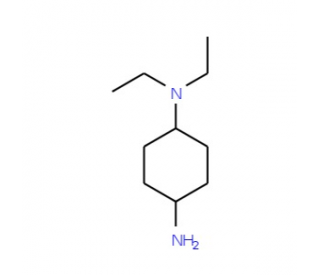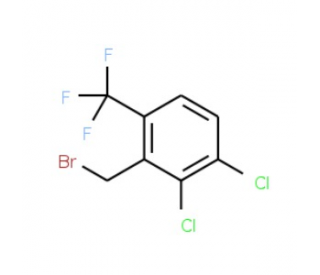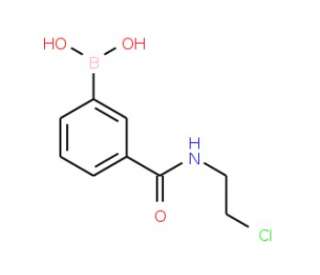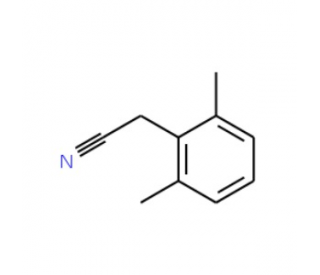详细说明
Purity
>95%, by SDS-PAGE under reducing conditions and visualized by silver stain
Endotoxin Level
<0.01 EU per 1 μg of the protein by the LAL method.
Activity
Measured by the ability of the immobilized protein to support the adhesion of Neuro‑2A mouse neuroblastoma cells. The ED 50 for this efffect is 1.0-4.0 μg/mL.
Optimal dilutions should be determined by each laboratory for each application.Source
Chinese Hamster Ovary cell line, CHO-derived
Human Contactin-6
(Asp20-Ser891)
Accession # Q9UQ52IEGRMD Human IgG1
(Pro100-Lys330)N-terminus C-terminus Accession #
N-terminal Sequence
AnalysisAsp20
Structure / Form
Disulfide-linked homodimer
Predicted Molecular Mass
122.9 kDa
SDS-PAGE
130-170 kDa, reducing conditions
7394-CN |
| |
Formulation Lyophilized from a 0.2 μm filtered solution in PBS. | ||
Reconstitution Reconstitute at 200 μg/mL in PBS. | ||
Shipping The product is shipped at ambient temperature. Upon receipt, store it immediately at the temperature recommended below. | ||
Stability & Storage: Use a manual defrost freezer and avoid repeated freeze-thaw cycles.
|
Background: Contactin-6
Contactin-6, also known as NB-3, is a 130 kDa member of the TAG/F3 subgroup of Contactin GPI‑linked neuronal adhesion proteins (1, 2). Mature human Contactin-6 consists of six immunoglobulin‑like domains (aa 26‑587), a flexible linker region, four fibronectin type III domains (aa 597‑992), and a GPI anchor (3). Within aa 20‑891, human Contactin-6 shares 89% aa sequence identity with mouse and rat Contactin-6. Contactin-6 expression is upregulated postnatally in the cerebellum, brainstem, and hippocampus, and it shows differential expression within various structures of the brain (3‑7). In the cerebellum, it is presynaptically localized at synapses between excitatory glutamatergic parallel fibers and Purkinje cells (7). Contactin-6 associates in cis with CHL-1, PTPR alpha, and PTPR gamma as well as in trans with Notch-1 on oligodendrocytes (6, 8‑10). Its binding to Notch-1 triggers the release and translocation of the Notch intracellular domain to the nucleus and promotes oligodendrogenesis (6). Contactin-6 function is important in the postnatal development and function of the cerebellum, as shown in knockout mice which exhibit poor motor coordination (5, 7).
References:
Shimoda, Y. and K. Watanabe (2009) Cell Adhesion Migration 3:64.
Stoeckli, E.T. (2010) Cell Adh. Migr. 4:523.
Kamei, Y. et al. (1998) J. Neurosci. Res. 51:275.
Lee, S. et al. (2000) Gene 245:253.
Takeda, Y. et al. (2003) J. Neurobiol. 56:252.
Cui, X.-Y. et al. (2004) J. Biol. Chem. 279:25858.
Sakurai, K. et al. (2009) Dev. Neurobiol. 69:811.
Ye, H. et al. (2008) EMBO J. 27:188.
Bouyain, S. and D.J. Watkins (2010) Proc. Natl. Acad. Sci. 107:2443.
Ye, H. et al. (2011) J. Biol. Chem. 286:26071.
Entrez Gene IDs:
27255 (Human); 53870 (Mouse); 27256 (Rat)
Alternate Names:
CNTN6; contactin 6; Contactin6; Contactin-6; MGC133256; NB3











 粤公网安备44196802000105号
粤公网安备44196802000105号